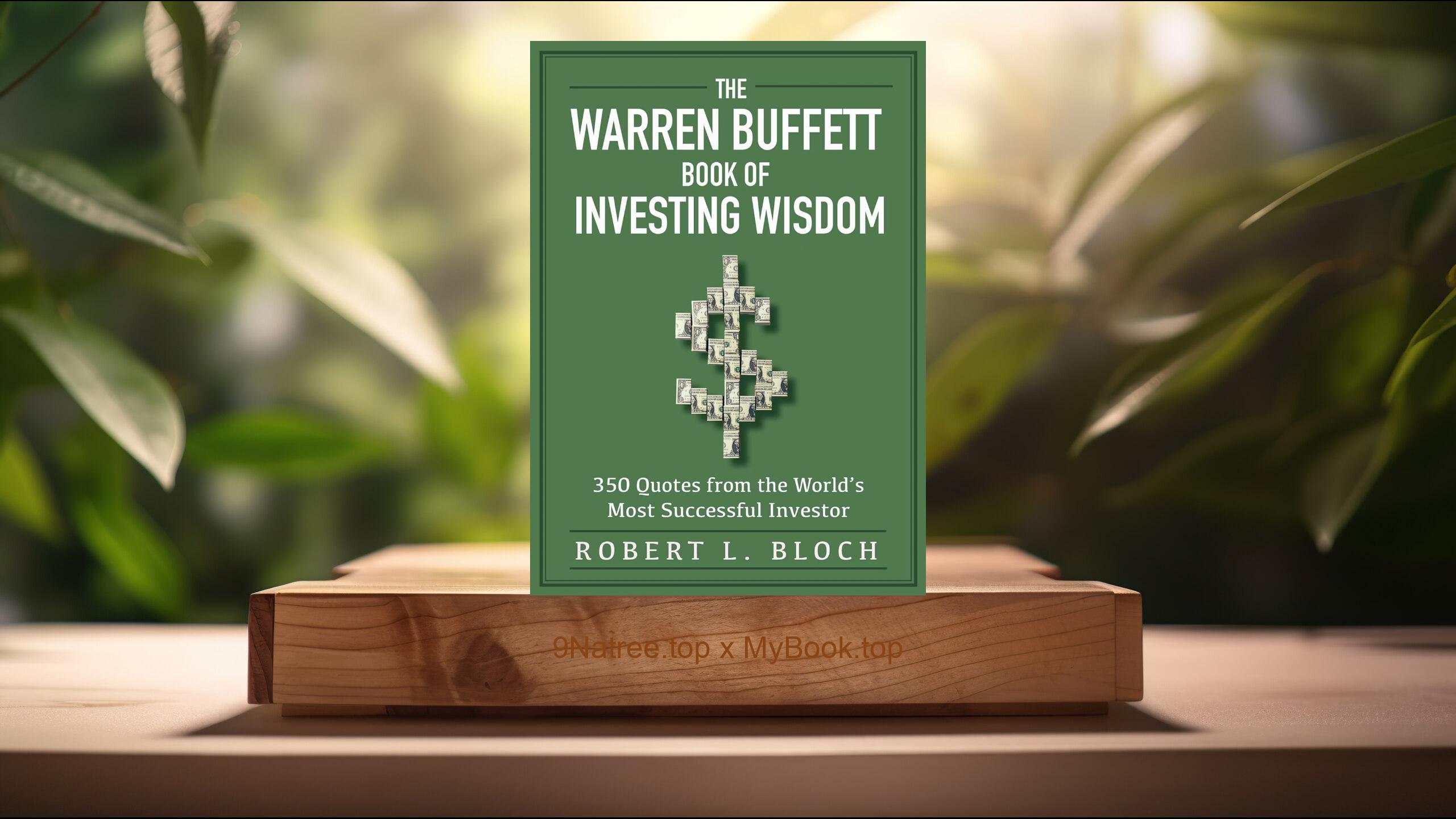Show Notes
- Amazon Books: https://www.amazon.com/dp/B07N69F1W7?tag=9natree-20
- Apple Books: https://books.apple.com/us/audiobook/permission-to-feel/id1476396905?itsct=books_box_link&itscg=30200&ls=1&at=1001l3bAw&ct=9natree
- eBay: https://www.ebay.com/sch/i.html?_nkw=Permission+to+Feel+Marc+Brackett+Ph+D+&mkcid=1&mkrid=711-53200-19255-0&siteid=0&campid=5339060787&customid=9natree&toolid=10001&mkevt=1
- Read more: https://mybook.top/read/B07N69F1W7/
#emotionalintelligence #RULERapproach #education #workplaceemotions #MarcBrackett #emotionalwellbeing #empatheticcommunication #personaldevelopment #PermissiontoFeel
These are takeaways from this book.
Firstly, The RULER Approach to Emotional Intelligence, The RULER approach, a cornerstone of 'Permission to Feel', is an evidence-based framework developed by Marc Brackett and his colleagues for understanding and using emotions wisely. RULER stands for Recognizing, Understanding, Labeling, Expressing, and Regulating emotions. The approach emphasizes the importance of acknowledging emotions in oneself and others, comprehending their causes and consequences, accurately identifying and naming them, expressing emotions in accordance with social norms and personal values, and effectively managing emotional responses. Through detailed explanation and examples, Brackett shows how the RULER approach can be applied in various settings, including schools, homes, and workplaces, to foster emotional intelligence, improve decision-making, and enhance relationships. The methodology provides actionable steps for individuals to develop skills that are critical for personal well-being and success.
Secondly, The Science of Emotions, Marc Brackett delves into the complex world of emotions from a scientific perspective, providing readers with a solid foundation to understand the physiological, psychological, and social aspects of emotions. He explains how emotions are not just fleeting feelings but crucial signals that carry essential information about our environment and internal states. Brackett discusses the neuroscientific underpinnings of emotions, including how they are processed by the brain, the role of neurotransmitters, and the interplay between cognition and emotion. This exploration helps debunk myths about emotions being solely subjective experiences and positions them as integral to our cognitive processes, decision-making, and social interactions. By educating readers on the science of emotions, 'Permission to Feel' empowers them to better navigate their emotional worlds, leading to more fulfilling lives.
Thirdly, Emotional Intelligence in Education, Brackett highlights the profound impact of emotional intelligence on educational environments, advocating for its integration into curricula at all levels. He presents compelling evidence on how emotional intelligence can improve academic performance, student-teacher relationships, and classroom dynamics. Topics covered include the role of emotions in learning and memory, strategies for managing stress and anxiety, and the importance of empathetic communication between educators and students. Brackett’s vision for education transcends traditional academic goals, aiming instead to cultivate emotionally intelligent individuals who can navigate life’s challenges with resilience and empathy. The book provides educators with practical tools and strategies to implement emotional intelligence initiatives in their classrooms, demonstrating how such approaches can create more supportive and effective learning environments.
Fourthly, Emotions in the Workplace, Within 'Permission to Feel', Marc Brackett extends the discussion of emotional intelligence to the workplace, elucidating its significance in professional settings. He explores how emotions influence job performance, leadership effectiveness, and organizational culture. Brackett provides insights into managing emotions in high-pressure situations, the importance of emotional labor, and the benefits of emotionally intelligent leadership. The book offers strategies for creating emotionally intelligent workplaces, where employees feel valued, understood, and motivated. It underlines the positive outcomes of such environments, including increased productivity, improved employee satisfaction, and enhanced creativity. Brackett’s work vividly illustrates how leveraging emotional intelligence in the workplace can lead to more harmonious and prosperous organizations.
Lastly, The Personal Journey of Emotional Intelligence, In a particularly moving section of 'Permission to Feel', Marc Brackett shares his own journey with emotional intelligence, weaving personal anecdotes with scientific research. He discusses the challenges he faced growing up and how they led him to understand the importance of acknowledging and managing emotions. Brackett emphasizes the role of self-awareness in emotional intelligence, encouraging readers to reflect on their emotional experiences and patterns. He provides guidance on developing self-regulation techniques, cultivating empathy, and building meaningful relationships through emotional connection. Brackett’s personal narrative serves not only as a testament to the transformative power of emotional intelligence but also as an inspiring call to action for readers to embark on their own emotional intelligence journeys, advocating for a more introspective and emotionally aware lifestyle.
![[Review] Permission to Feel (Marc Brackett,Ph.D.) Summarized](https://episodes.castos.com/660078c6833215-59505987/images/1785388/c1a-085k3-7z42j290cg7o-rlndzn.jpg)




